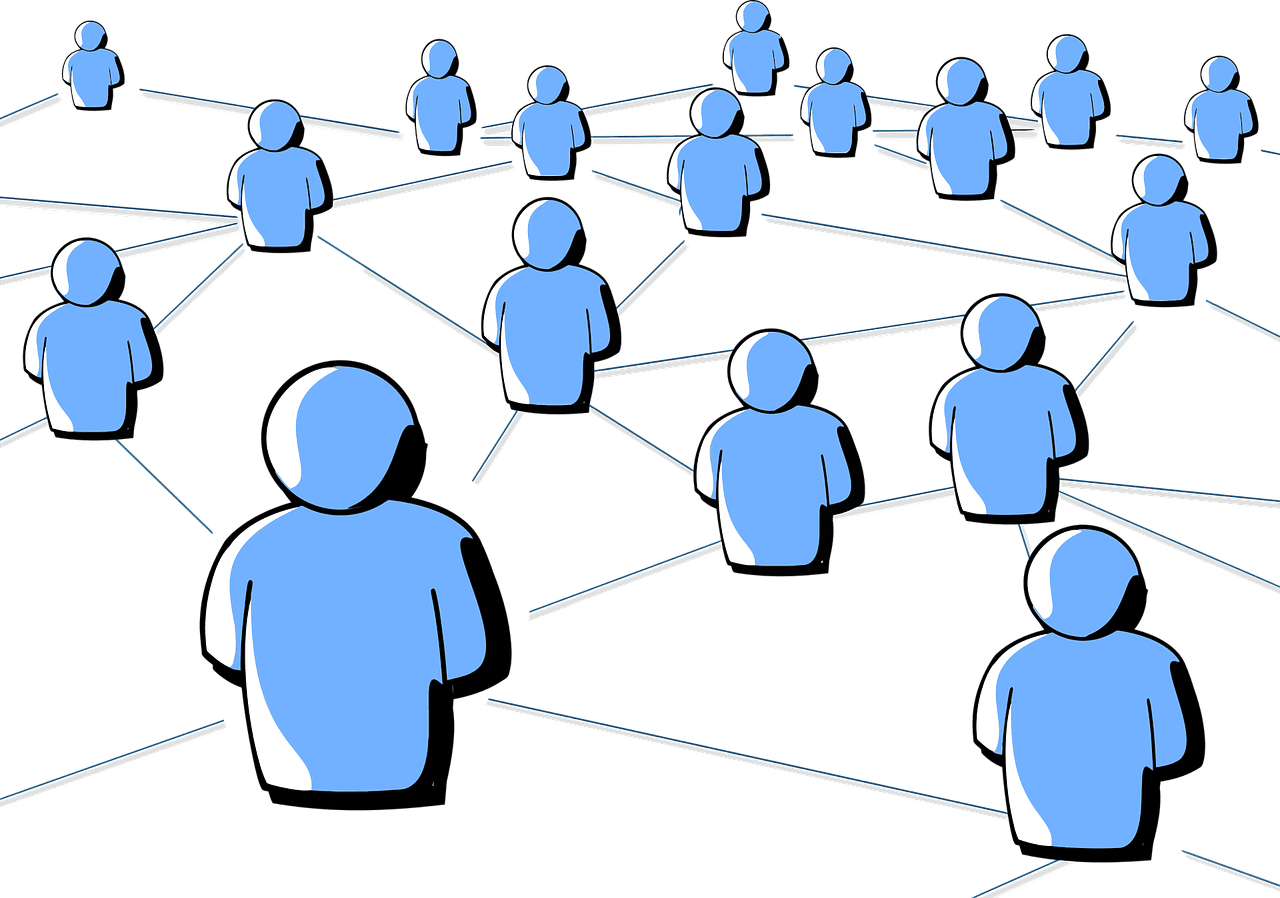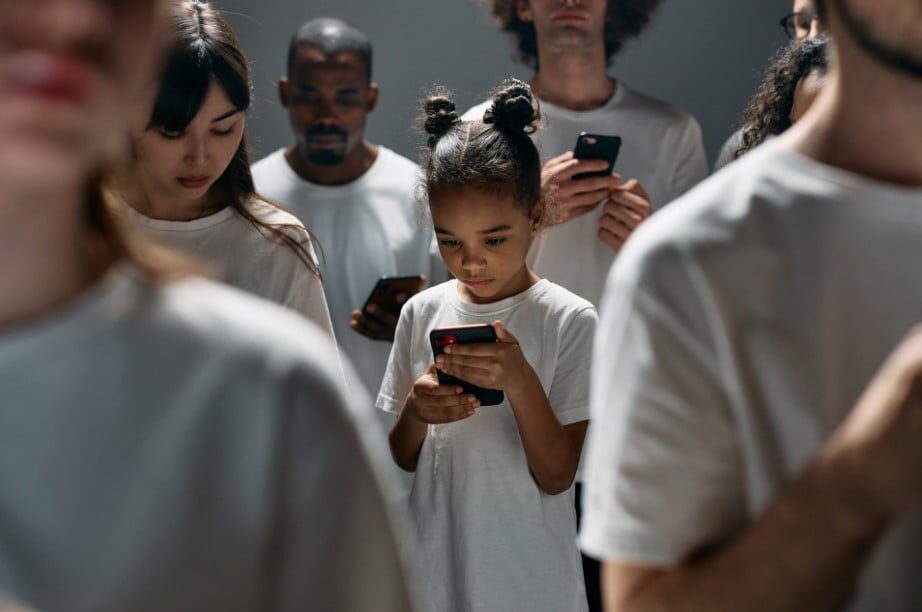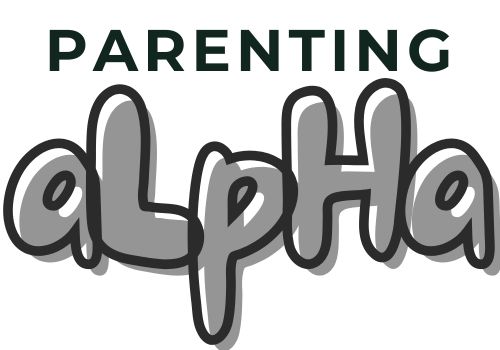This article examines the seven harmful effects of social media addiction on young people, focusing on children born in the 1990s through to the 2000s. These are largely generation Z, and Alpha children, most of them born in the 21st century.
These young people are caught up in a mashup of unique experiences in their social lives and addiction, leading to a range of negative social behaviors.
From image disorders to exposure to adult content and digital malpractices, this article delves into the ills associated with tech overuse and suggests solutions to mitigate the impact they leave on children.
The Numbers …

According to Statista, the number of internet users worldwide surpassed the 5 billion mark early in 2022. Remember that the global population is just shy of 8 billion.
Out of this figure, 4.6 billion users have installed one social media platform or another.
Popular social network sites and apps around the globe:
- Snapchat
Social video sites:
- YouTube
- DailyMotion
- Vimeo
- Facebook Video
Popular social media apps for the youths:
- Snapchat
7 Negative Effects of Social Media Addiction on the Youth Today

Extreme indulgence in technology devices is unhealthy and needs solutions to mitigate the impact they leave on children.
Here are the ills associated with tech overuse:
1. The Body Image Disorder!
Statistics show that users who post cute and sexy selfies on Instagram, Snapchat, or WhatsApp attract more shares and likes compared to those using ordinary images.
Those who receive less feedback rate themselves negatively, and wrongly imagine they are inadequate. It gets worse when online bullies brand their images ugly.
This is a precursor to low self-esteem and can trigger a series of negative social behavior, explained below:
The victims will spice up things by applying excessive make-up and/or using image filtering tools to tweak their photos to create falsified facial and body appearance. Others charge up their profiles by supplanting images in cozy and foreign backgrounds to falsify their location.
They use enhanced photographic impressions to appear exotic and rich, and for those blessed with dark skins, edit them to look lighter!
Worse still, the effects of social media addiction may lead to withdrawal, depression, and suicidal thoughts, like our friend Danny Bowman above.
2. Social Misplacement
Our interaction with family, friends, and the ‘unknown’ on social media means we spend lots of online time liking, sharing, and chatting than we do, liking, sharing, and chatting in real life.
This type of social displacement explains the distorted nature of communication that is gripping society today.
Social displacement theory basically states that the more time you spend in the world of social media, the less time you’re likely to spend socializing with people in the real world.
Medical News Today
It even gets ‘better‘ or worse when we choose to chat online than with real friends next to us!
The emojis, bubbles, and face editing tools become so meaningful than the present, and real faces next to us. This is a big blow to the critical social skills that are only attainable through face-to-face interactions.
3. Adult Content
Gone are the days when parents exercised control over what children watched on TV and sleazy Playboy magazines.
When parents spotted these in the boys’ bedrooms, they confiscated them immediately. Children only relished them extensively in later years when they were grown ups.
Not any more.
The arrival of the internet and social media has ensured that explicit adult content is available for all to see. The internet is awash with free adult and other content, and social media is the platform through which they are shared.
The youth feel comfortable weaving their way through this data alongside their peers. They are more than willing to walk the interesting, yet risky path than their cautious parents, resulting in a sense of digital and cultural disconnect between the older and younger generations.
4. Violent Content
We all agree that social media and the internet are awash with bad content. They range from violent media in movies, games, to live-streamed broadcasts.
For the religious folks, bad content is a direct contravention of the pillars of religious teachings. For example, Christianity stands by the 10 Commandments as practical guidelines to what is right or wrong.
Without measured supervision (which is next to impossible today), bad content is now everywhere.
Children and teens who watch these become conflicted about what is right or wrong, and are tempted to embrace violence and inappropriate behavior, right up to adulthood.
5. Digital Malpractices
While those who attended school in the 20th century know too well about face-to-face bullying, children attending school in the 21st century have to contend with online bullying, as an extension to the former.
Bullies choose to harass select victims via electronic messages, pictures, videos, audio, email, and posts.
The perpetrators usually send the offending media directly to the victim or via public platforms. The communication is intended to embarrass or even threaten the victims.
Sexting is another common malpractice where offenders send sexually explicit images, audio-visual content, and texts to suspecting and unsuspecting victims.
Stalkers, imposters, and radical extremists are other known malpractises
6. Fear of Missing Out (FOMO)
Fear of Missing Out (FOMO) is akin to digital peer pressure, where a user feels incomplete when offline and is driven by an impulsion to always stay online. Because the pulses are running wild, it feels relevant to communicate with friends 24/7, just to be normal.
This makes users share more content than is necessary.
Uncontrolled posting of images and videos may lead to unwanted embarrassing exposure, especially when users accidentally share private content in the heat of the moment.
Besides wanting to be online, there is also the urge to be part of offline social activities shared online. Participants in select groups or friend networks feel incomplete when they miss out parties posted on social platforms.
Whether they get to attend the parties or not, the images and video clips they watch are influential in their lives. Images and clips of online friends taking alcohol and smoking excite them.
It is no accident that many kids take up these habits simply because they are well packaged on social media.
7. The Effects on Physical and Mental Health
Excessive use of smartphones can lead to various health problems both directly and indirectly. For example, sitting becomes an issue if done for extended hours, in what is known as tech neck.
The habit also interferes with other aspects of life such as eating. Users opt for quick fixes for food and become victims of obesity or other body malfunctions.
Addicted users are also victims of sleepless nights which leaves them with sleep debt, and deprives them of sharpness at school, and at work.
Extensive use of social media also exposes users to cellphone radiation. This happens when smartphones are placed next to the body, in the lap, and next to the head for extended hours.
Other health complications:
- thumb syndrome
- privacy infringement
- stress/depression
- battered attention span





Leave a Reply